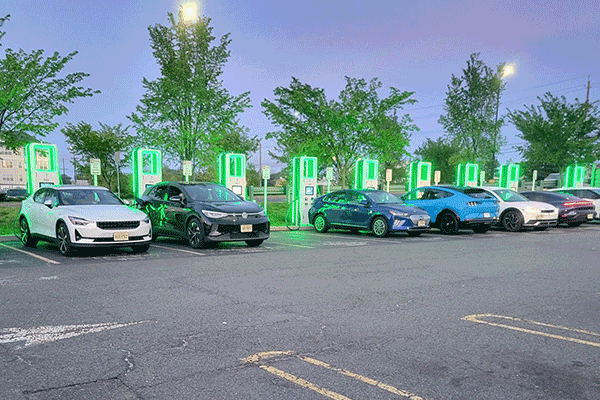Electric vehicles are gaining popularity as people become increasingly concerned about the environment and rising fuel costs. While electric cars have many benefits, such as reduced emissions and lower fuel costs, they also present unique challenges when it comes to maintaining the charging infrastructure they require. ‘Public chargers that don’t work’ have been a major impediment to scaling up EVs around the world. We discuss this issue in the article.

Plenty of charging stations not working
A study of public electric vehicle stations in California’s Bay Area has found that a quarter of the charging stations are not working. California has, by far, the largest number of electric vehicle owners in any state and has been a leader in electric and hybrid vehicles for many years. A total of 22.7 percent of connectors were not working correctly due to problems with network connectivity, broken plugs, unresponsive screens, and faulty payment systems. About 5 percent of the connectors had cables that were too short to connect to the EV’s charging port and, therefore, did not work.
Specialized maintenance required
One of the main challenges with maintaining electric vehicle charging stations is the need for specialized maintenance. Unlike gas pumps, which require relatively simple and infrequent maintenance, charging stations are more complex and require regular upkeep. For instance, the charging cables and connectors must be checked regularly for damage or wear and tear, which can be time-consuming and require specialized knowledge.
Additional electrical infrastructure
Another challenge is the need for additional electrical infrastructure. While gas stations only require a supply of gasoline, electric vehicle charging stations require a source of electricity, which must be supplied by the local power grid. This can be difficult in areas where the power grid is not equipped to handle the additional demand for electricity or where local regulations do not permit the necessary upgrades to the electrical infrastructure.
Regulatory Challenges
Many local governments have not yet developed regulations around the installation and operation of charging stations, creating uncertainty for businesses looking to invest in this infrastructure. Moreover, the existing regulations can be complex and difficult to navigate, which can add to the time and cost of the maintenance process.
Economic challenges
There are also economic challenges associated with maintaining electric vehicle charging stations. While electric vehicle charging stations can generate revenue, the costs of building and maintaining the infrastructure are high. This can make it difficult for businesses to justify investing in charging infrastructure, particularly in areas where the demand for electric vehicles is still relatively low. In such areas, it may be challenging to recover the costs of building and operating charging stations, leading to a lack of investment in charging infrastructure.
With the further popularity of electric vehicles and the inflow of funds, I believe this situation will improve. The investment prospect of electric vehicle charging stations is still very broad. I hope this piece of article can help those who are running charging stations or want to get into this investment.














